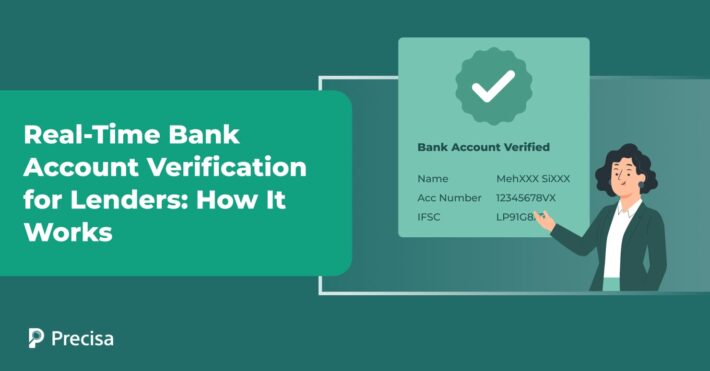Digitisation of Banks: New Business Opportunities for Fintechs?

Finance is undergoing a significant change. Payments, loans, insurance, and wealth management are all being reshaped by digital technologies, and the COVID-19 has accelerated this trend.
As a result, financial technology service providers benefit as banks seek speedy deployment of technology solutions to digitise their physical processes, expediated by COVID-19’s enforced social distancing.
Together, these trends have kicked off a massive digitisation spree, which opens new business avenues of digitally-native fintech.
Fintech and Digital Transformation of the Banking Industry
India’s Fintech revolution ushered in a new banking era for the country’s 63 million enterprises and 190 million unbanked adults. They had spent most, if not all, of their lives on the periphery of financial services.
Compared to pre-COVID days, numerous banking and financial services businesses have struck deals with tech start-ups and fintech.
Banks primarily outsource their technology to tech firms. These tech firms pitch various technologies to banks for deployment with the assurance of improving customer engagement.
Private banks are quicker to implement new technologies; however, most public sector lenders are far behind. New lenders employ the most up-to-date tech stacks to keep up with fintech and compete with startups. This has provided fintechs with new business opportunities.
In comparison to pre-COVID days, numerous banking and financial services businesses have struck deals with tech start-ups and fintech. This means a lucrative market for fintech awaits in the wild.
Trends that will Shape Fintech in a ‘Path-Breaking Year’
Here, we look into trends–favourable for fintech–that could potentially shape the upcoming year:
-
Neobanks are making a comeback
Neobanks are considered the future of banking, with a rising number of start-ups asking for banking licences and established banks looking to extend their digital capabilities.
There will be a proper rollout of neobank products (which was hampered due to the closure of offline businesses during the lockdown), thus some interesting financial products should gain traction.
-
Micro-lenders will proliferate
Lending activity is projected to go up as the fog from the pandemic and associated lockdowns begin to clear, and business activity returns to pre-COVID-19 levels, especially as small merchants strive to rebuild their businesses.
As consumption levels normalise, increasing hiring activity is anticipated to spur borrowing, putting pressure on firms to fulfil rising demand.
This will most likely result in the emergence of micro-lending businesses that will work with banks to handle small companies and personal loans rapidly and digitally.
The faster processing time will help firms get back on track faster, while the digitisation of loan applications and disbursal will allow more people across the country to apply for loans.
-
Multiplayer financial services will grow in popularity
Due to COVID-19, several neobanking and payment products were unable to launch successfully this year, thus the millennial generation will continue to be a key target group in 2021.
In contrast to the single-user focus observed so far, the next level of targeting specific audiences will be multi-user focused – users as a group using financial services.
Unlike the single-player products we’re used to, Multiplayer financial services products are an exciting development. For example, what if getting a loan, investing, and buying insurance online could be done collaboratively with friends, relatives, and people who share similar interests, as it is done offline?
-
Aggregator and AI-enables platforms could emerge
Companies will increasingly embrace intelligent technologies, from automated advisors to complex algorithms assessing credit profiles. Financial institutions may profit from the advent of artificial intelligence, machine learning, and robotic process automation by reducing loan default risks, improving risk management, enhancing customer experiences, and improving operational efficiency.
On the other hand, thousands of consumers using platforms like Coverfox and PolicyBazaar in 2020 taught the industry that the aggregator model works well.
People can benefit from loan comparison platforms like PaisaBazaar, and investors believe that the next monetisation potential for these platforms will be in-house loan offerings, in which they aim to beat the best lending rates in the market while also simplifying the overall application process.
Even account aggregators, which allow users to examine all financial data and information in one location, are predicted to gain traction in 2021.
-
Consolidation coupled with big fundraising rounds
In recent months, the Reserve Bank of India has been severe on banks that have experienced technical difficulties. For example, following a series of outages, it ordered HDFC, the country’s largest private sector lender, to cease all digital launches.
The central bank has made a deliberate effort to encourage institutional banks to digitise, prompting banks to seek the start-up ecosystem for strategic buys that may help them digitise their operations in a way that appeals to tech-savvy customers.
Takeaway
Fintech is fast transforming the banking industry’s face, with banks adopting digitisation, paperless, and cashless processes. It is also creating an interdependent financial marketplace.
Fintech’s expansion will be aided by increased relationships with traditional banking sectors, aggressively catering to evolving customer needs.
These factors point to a positive shift toward fintech, which has enormous growth potential as the country moves toward widespread adoption.
To meet the needs of fintech and lending institutions, a plethora of effective solutions have emerged on the market. For example, Precisa is an online bank statement analysis tool that banks and fintech companies can use to process and analyse the bank statements of potential loan applicants.
Precisa can be easily integrated into your existing system via APIs and delivers excellent transparency before loan disbursement. Find out more. Take advantage of our 14-day free trial.




